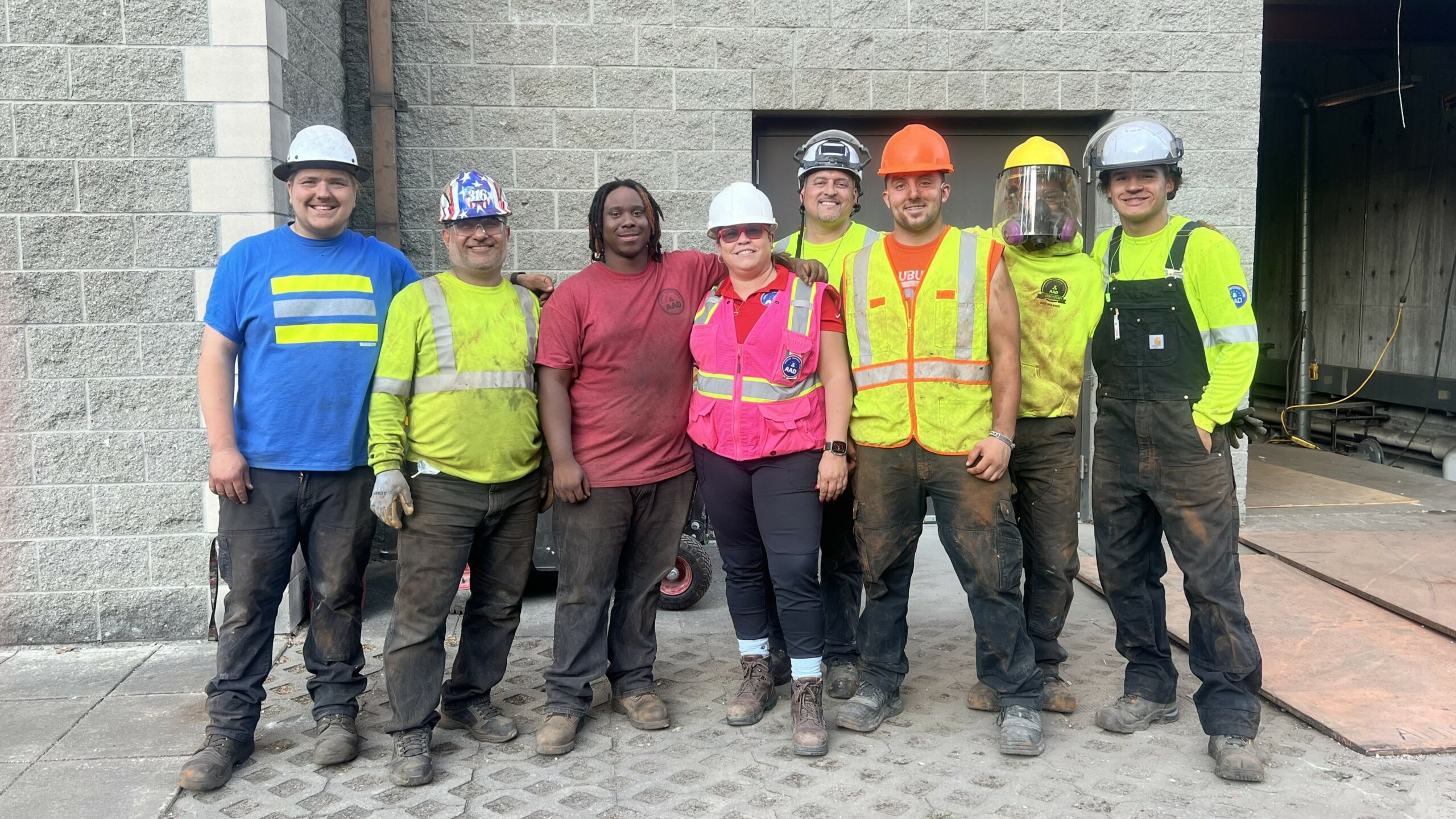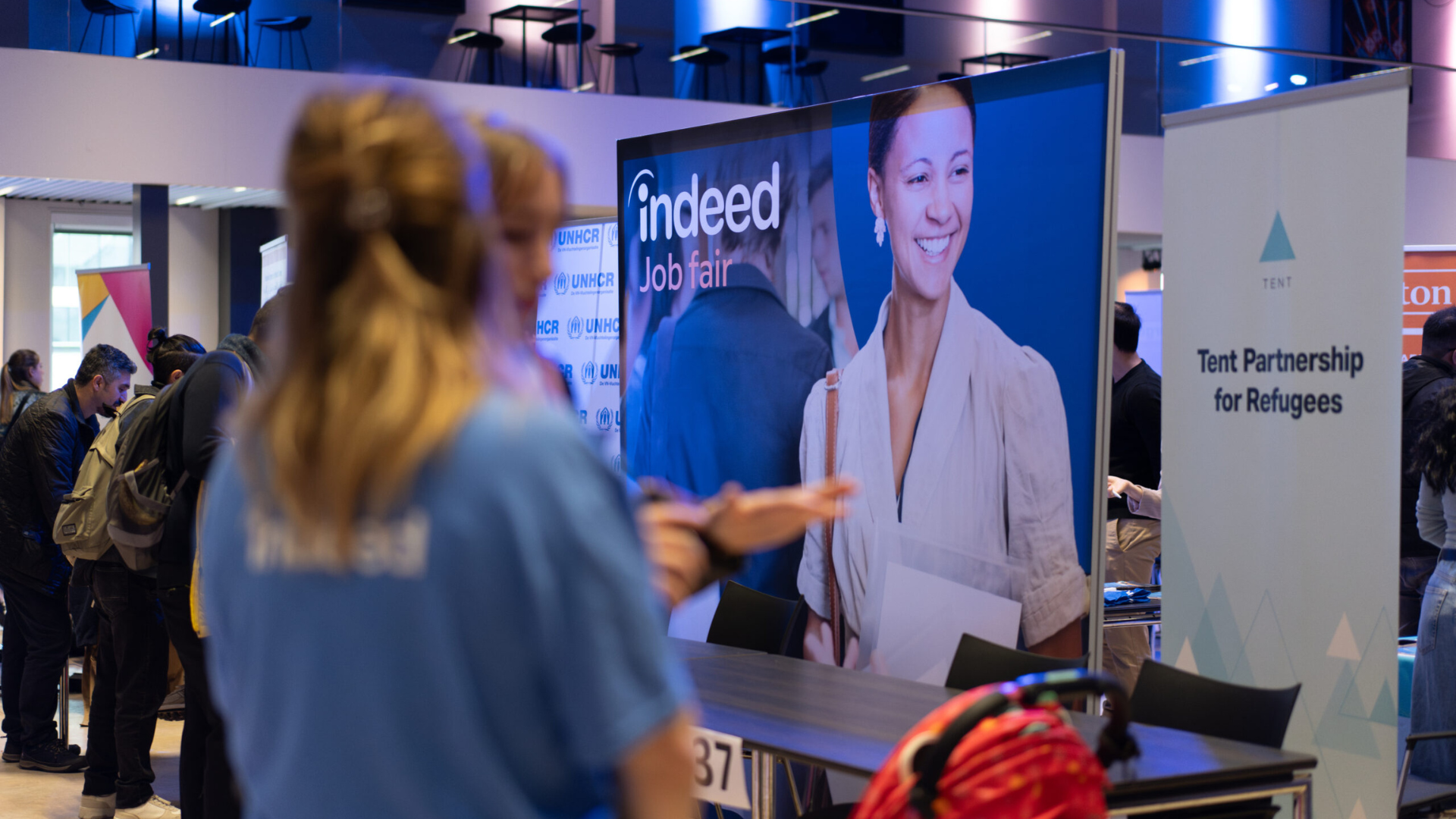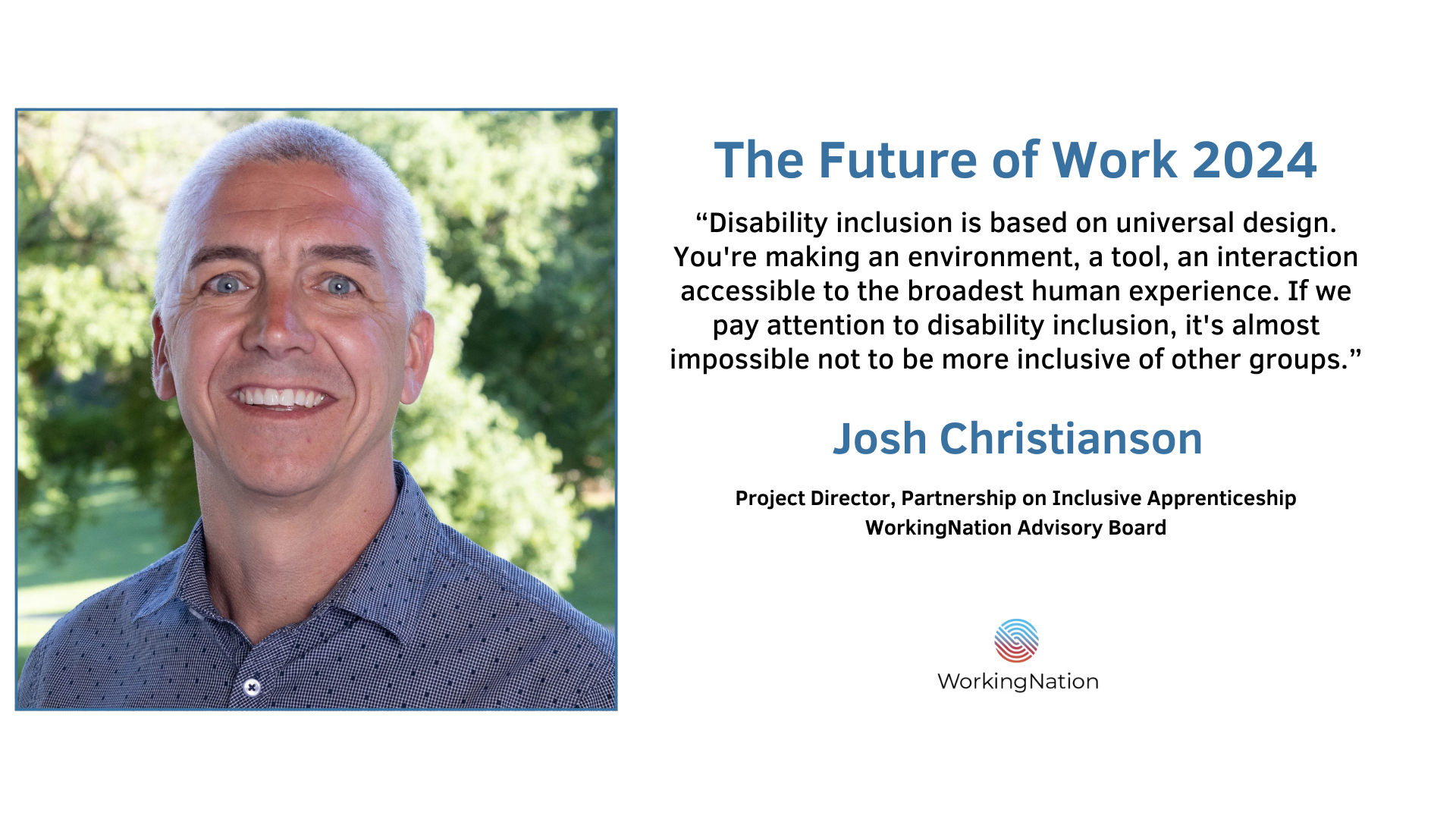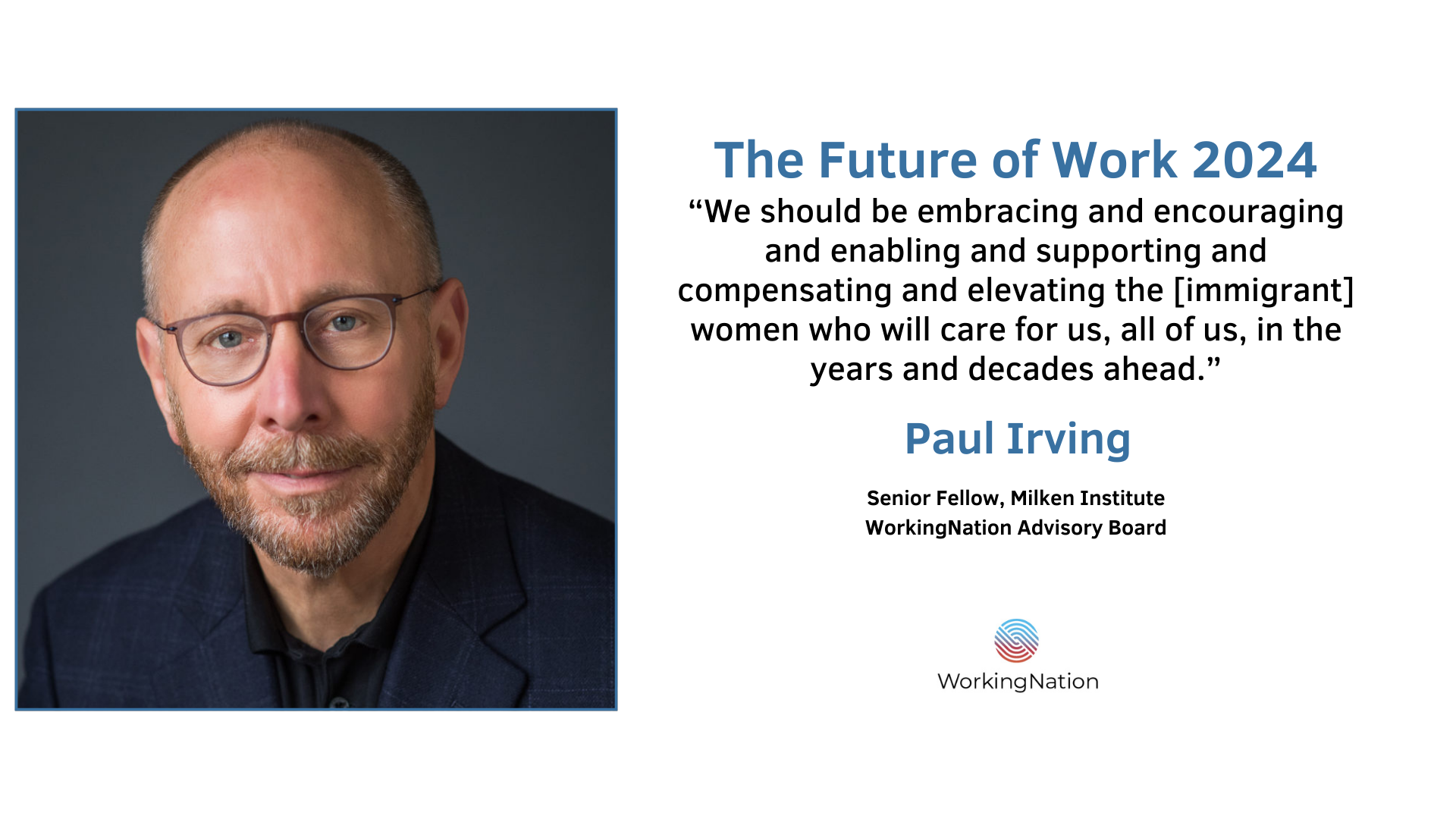As the country moves forward with its economic recovery, there is a population that is often overlooked by employers—the immigrant talent pool.
With heightened calls for diversity, equity, and inclusion, one Philadelphia organization has launched a toolkit aimed at HR and DEI specialists, as well as those involved with training and development. It’s designed to help them examine their own biases and better understand how to make their workplaces more multicultural.
The Welcoming Center—whose mission is to promote inclusive economic growth through immigrant integration—has just launched the Engaging Immigrant Talent Toolkit. “The goal for the toolkit is to identify ways to successfully integrate immigrants into the workplace, regardless of their skills and education level,” says Rochelle T. Cooks, M.Ed., director of employer engagement at The Welcoming Center.

Cooks says the creation of the toolkit was a collaborative effort that started with employers, but didn’t stop there. “One of our initial questions to employers was asking if they had a strategy for integrating immigrants into their workplace.”
“The majority of them did not have one. The majority of them had not thought of having one. That’s not a negative towards them. It just wasn’t a thought,” explains Cooks.
She adds, “The whole goal for the toolkit was for it to be employer-informed. But we always wanted to make sure that we had the immigrant voice at the table, as well as the workforce development practitioners. We understand representation matters.”
Building a Welcoming Workplace

“What does it look like to build a multicultural and welcoming workplace that cuts across any sector or kind of organization?” asks Monica Munn, managing director of philanthropy at WES Mariam Assef Fund, the philanthropic arm of World Education Services which funded the toolkit.
“As we think about the demographics in this country, it is so important to think through how we are supporting a multicultural and multi-generational workplace. Many HR teams—people managers—aren’t equipped with that skillset,” continues Munn.
On hand for this week’s toolkit launch was Sheila Ireland, deputy secretary of workforce development for Pennsylvania’s Department of Labor and Industry.
She notes, “I would suggest that employers need to take a closer look at their hiring practices. Workers today are looking for employers who are providing high quality jobs, and flexible, equitable, and diverse work environments. If you think wages alone are a proxy for a job quality, you will find yourself in trouble in this new world order.”
Awareness, Responsibility, and Accountability
Cooks says employers are often seeking immigrants only for entry-level jobs without recognizing that this talent pool has a diverse set of skills and backgrounds. “Our perspective is, ‘That’s nice. We also need you to consider immigrants for other positions because not all immigrants fall in one category.’”
“What are the steps that need to happen to make sure that you’re not continuing with that bias and only bringing in immigrants for that lower-level position. Not to say that you can’t bring them in for lower-level positions. It’s making sure that if you have higher level positions, that you also consider them for that, too,” emphasizes Cooks.
Munn adds, “Some of the individuals that The Welcoming Center has worked with are folks that bring international education or training, but many employers don’t know how to evaluate those credentials.”
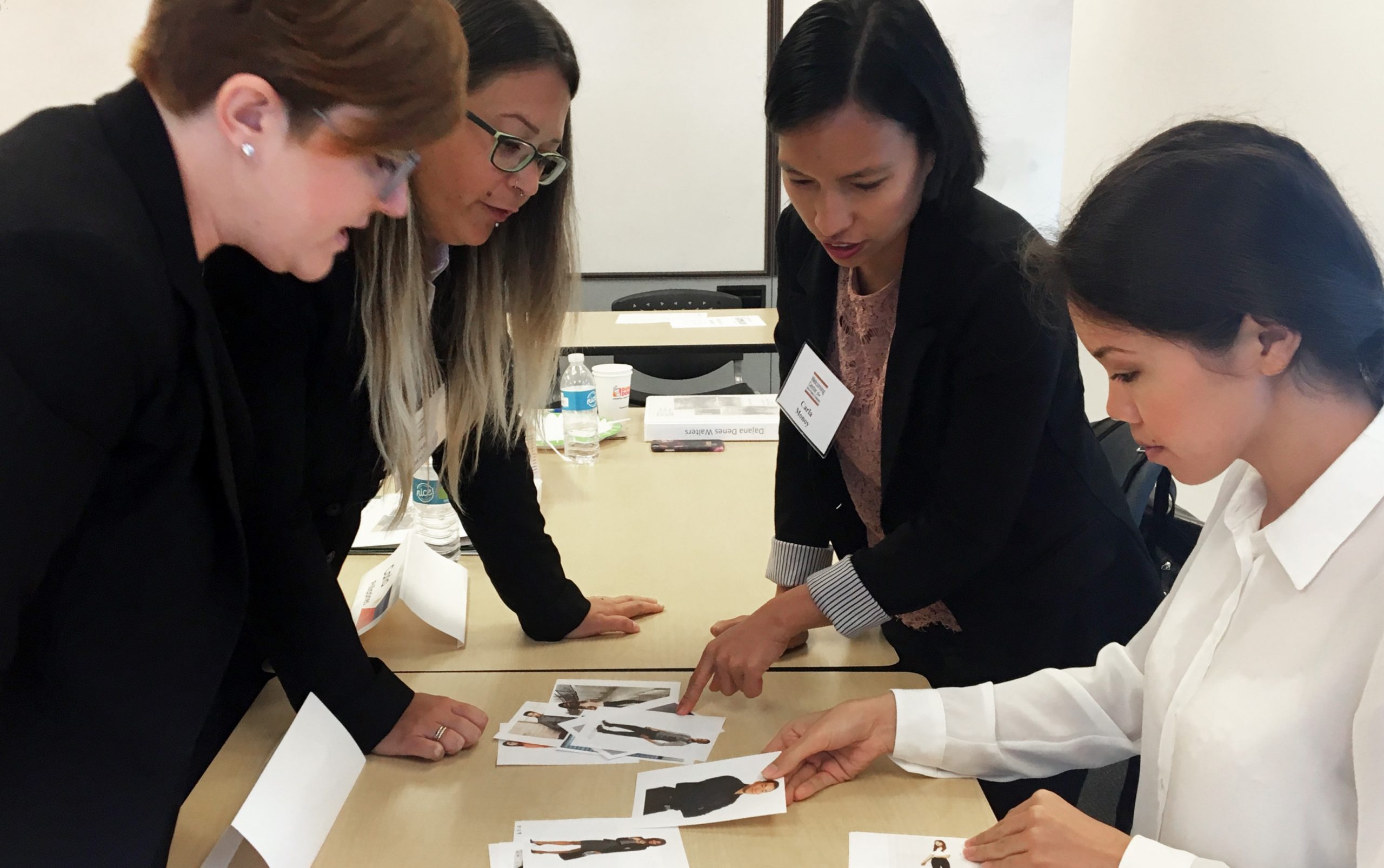
“Be mindful when stating that you want a degree from a U.S. accredited institution. You’ve already eliminated individuals who actually may have the degree and education that you’re looking for. You’ve now eliminated a major swath of individuals who could apply,” says Cooks.
Opportunity and Support
“When we’re looking at workers who are in frontline jobs that might be lower wage jobs, access around supports that enable them to succeed, not just in the workplace, but out of the workplace—childcare, transportation housing—these are essential. Many immigrant and refugee communities don’t have the same networks in their new homes,” says Munn.
To that issue, Cooks says service providers are key and companies should know who they are. “It’s critical for employers to connect with their community-based organizations to help support that workforce development.”
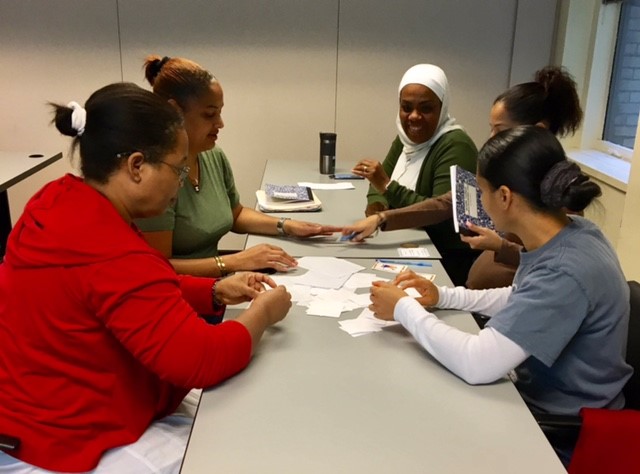
She adds, “When I say an ‘employer investing in their employee,’ it’s not always money. It’s making the accommodations for knowing what your employee needs and making sure that you’re allowing them the opportunity to do those development-seeking opportunities.”
“How do we better connect the dots between what an employer can offer? And then the many other pieces of the workforce and adult education system. Where you can bridge into community college programs, into English language learning classes, into the childcare support? How do we make that easier to navigate? Employers aren’t typically set up to do that. That’s an interesting question for all of us to unpack as we look ahead,” says Munn.
Employee Retention
Regarding entry-level jobs, Cooks says employers should be looking toward the future, beyond that initial position. “As you’re advancing individuals, they come with a history of the organization. They already know the culture. They already know the inner workings of the organization.”
“That helps exponentially with regards to retention. You want to bring in the talent, but you want to keep the talent. How do you create an environment that allows everyone to thrive?”
The issue of retention is also raised by John V. Touey, principal of Salveson Stetson Group, an executive search firm in Philadelphia, who participated in the toolkit launch. Touey is also a board member of The Welcoming Center.
“I think that’s really where organizations do fall down on this issue,” says Touey. “There’s often a disconnect between the private sector and workforce development agencies on how to do that. What I appreciate about the comprehensive nature of the toolkit is it’s not just about recruitment. It’s about the entire employee lifecycle that an immigrant can have within your organization and the contributions that he, she, or they can make to the organization while they’re there.”
The Toolkit is Available Nationwide
The Welcoming Center serves the greater Philadelphia area, where 14.1% of residents are foreign-born. Immigrants make up 19% of the Philadelphia labor force.
However, the Engaging Immigrant Talent Toolkit is not just for local use in Philadelphia, but is accessible to employers across the country.
“One of the things that we want to emphasize with the toolkit is we are not in any way prescriptive. We do not provide any solutions or answers to any of the questions that we raised, because we recognize each organization is different. Part of developing a culturally competent organization, you have to understand your organizational culture, itself,” explains Cooks.
“The employer is wanting to basically have a diverse candidate pool. And what we want employers to have is a diverse workplace. And to understand there is a difference. Employers need to recognize that they have to have a workplace that is open and acceptive for bringing in immigrant talent,” says Cooks.


